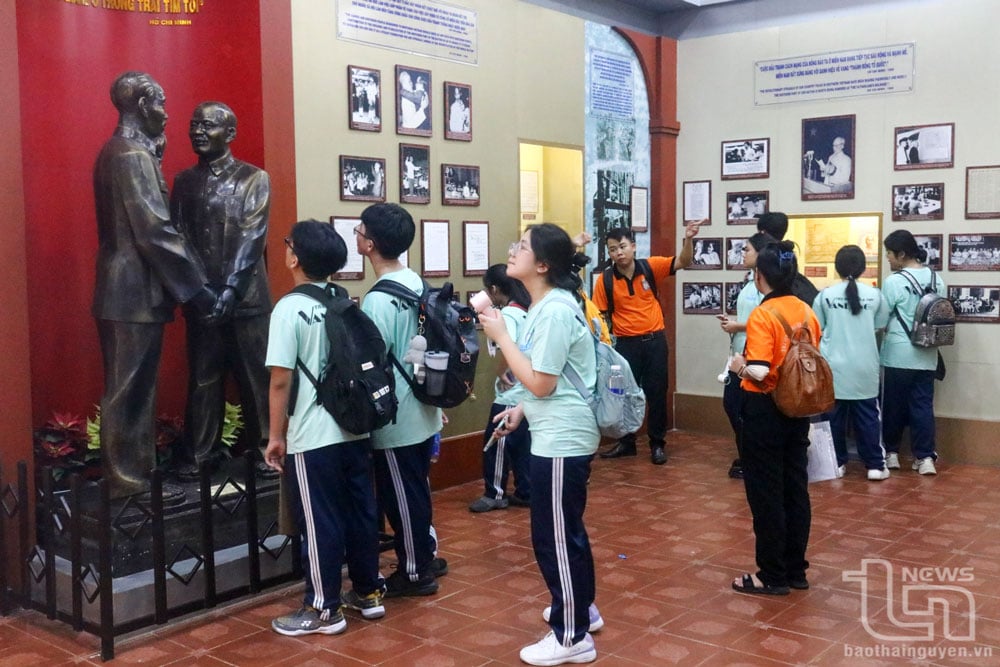 |
| Tourists visit Ho Chi Minh Museum - Ho Chi Minh City Branch. |
“…I came to Ben Nha Rong on a sunny spring afternoon.
Through the coconut trees, my hair is loose, looking at the waves of the water…”
The lyrics of the song “Visiting Nha Rong Wharf” sung by People’s Artist Thai Bao are poignant, both inviting and holding people’s hearts. Having listened to the song many times on the Voice of Vietnam radio , my heart still aches with longing. It was only when I returned to Nha Rong Wharf that I realized that the author of the song - musician Tran Hoan - had poured his heart and soul from the bottom of his emotional heart to write lyrics filled with a deep, sacred and profound love.
Millions of Vietnamese and international tourists have visited Nha Rong Wharf, all of whom have a deep admiration for the patriotism of the young man Nguyen Tat Thanh. Moreover, the love for the Fatherland that the young man has summarized and found the shining truth is the path to fight for national liberation.
In the Ho Chi Minh Museum, we stood for a long time next to the model of the Amiral Latouche Tréville - a large ship of the Charge Réuni company, which carried both passengers and cargo. The voice of the very young tour guide was clear and steady like drops of time, bringing everyone back to the past.
Yes! On June 5, 1911, this ship carried on board a great man, with a simple name: Van Ba. The French chefs and crew did not know that he was a young man with a great patriotic heart, a great soul raised in a patriotic Confucian family, deeply influenced by Eastern culture, but without any rejection or conflict with Western culture.
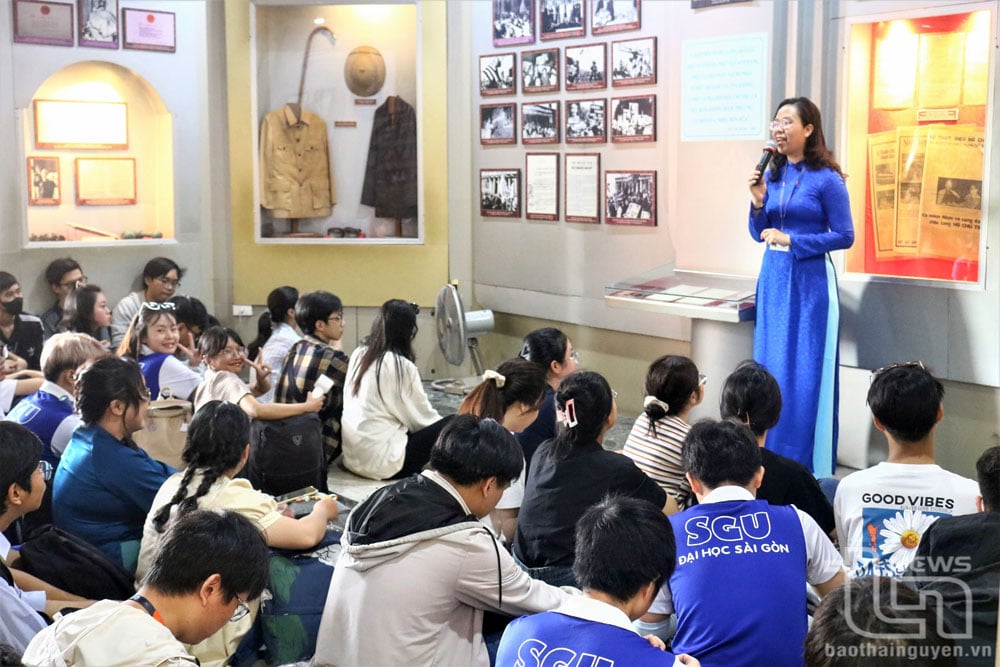 |
| Young people listen to the tour guide tell about the life and revolutionary career of President Ho Chi Minh. |
In the context of a country in misery and slavery, the patriotic young man Nguyen Tat Thanh witnessed many uprisings of the people against the French colonial rule, but all failed. Typical examples include the Dong Du Movement that wanted to rely on the Japanese; the Duy Tan Movement that relied on the goodwill of the French; the Hoang Hoa Tham Uprising that was heavily influenced by feudalism...
In 1910, during the time the patriotic young man Nguyen Tat Thanh was a teacher at Duc Thanh School (Phan Thiet), thanks to reading the New Book in the family of Mr. Nguyen Thong, being exposed to the theories of human rights , civil rights, freedom, equality, and fraternity initiated by French philosophers and writers, and reading some newspapers published in Vietnam from France, teacher Nguyen Tat Thanh wanted to go to the "mother country" to see what France was like.
The journey to find the truth of the patriotic young man Nguyen Tat Thanh through 3 oceans, 4 continents Asia, Europe, Africa, America with nearly 30 countries. He came to the working people in both the East and the West, both the capitalist and colonial countries that were struggling and understood better the nature of capitalism, imperialism, the suffering and fate of the colonial people.
In 1920, he attended the Tours Congress and became one of the young men who founded the French Communist Party. After that, he came to Marxism-Leninism and determined to follow the path of the Russian October Revolution. On January 28, 1941, after 30 years of wandering abroad, he returned to his homeland and brought with him an extremely valuable asset, which was the revolutionary path, the path to liberating the Vietnamese people.
Because it is associated with the event that started the journey to find a way to save the country of leader Nguyen Ai Quoc, Nha Rong Wharf has become a red address for educating revolutionary traditions - a symbol of Ho Chi Minh City. Still on the banks of the poetic Saigon River, the Ho Chi Minh Museum has existed for many years in the hearts of people with the exhibition area, the statue of the patriotic young man Nguyen Tat Thanh overlooking the harbor, the fountain, the green campus...
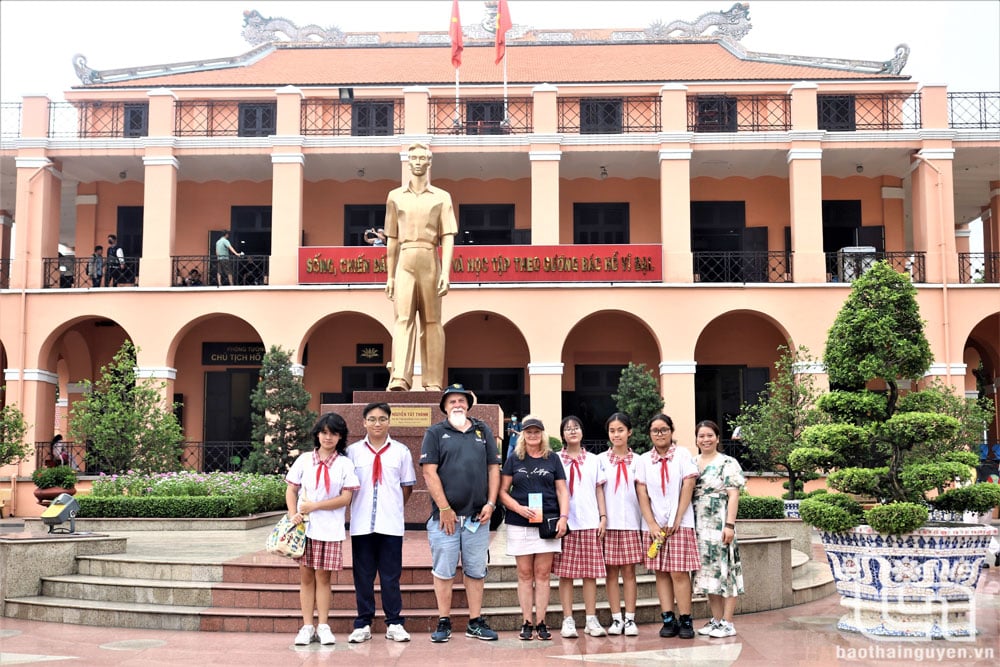 |
| International tourists take souvenir photos with students at the foot of the statue of patriotic young man Nguyen Tat Thanh. |
Nha Rong Port was built by the French in 1864, and has been through 161 years, experiencing many ups and downs. This Port also witnessed a major event, on May 13, 1975, the 10,000-ton Song Huong ship safely docked, marking the unification of the North-South sea route. In 1982, the Ho Chi Minh Memorial Site was established. To be worthy of its stature and at the same time meet the people's wishes, at the end of 1995, the Ho Chi Minh Memorial Site was converted into the Ho Chi Minh Museum - Ho Chi Minh City Branch.
Ho Chi Minh Museum covers an area of over 1,500m2, with 1 ground floor, 2 upper floors and 9 exhibition rooms, of which 6 rooms store valuable artifacts and documents about President Ho Chi Minh. The exhibition rooms are arranged according to 5 themes: President Ho Chi Minh's childhood and youth with his first activities in his revolutionary career (1890-1920); President Ho Chi Minh creatively applied the guidelines of VI Lenin and founded the first political party of the Vietnamese working class (1920-1930); President Ho Chi Minh led the August Revolution to success and gave birth to the Democratic Republic of Vietnam (1930-1954); President Ho Chi Minh led the socialist revolution in the North and directed the struggle to liberate the South and unify the country (1954-1969); The people of the whole country followed his will to complete the cause of national liberation and build a rich and strong country (1969 to present).
“…It is a pity that he did not have the opportunity to go to the South.
So that every day Uncle Ho's children and grandchildren can come visit..."
People's Artist Thai Bao's voice still rises, steadily, echoing across a historic river.
Source: https://baothainguyen.vn/van-hoa/202506/noi-bac-ho-ra-di-tim-duong-cuu-nuoc-ee21513/






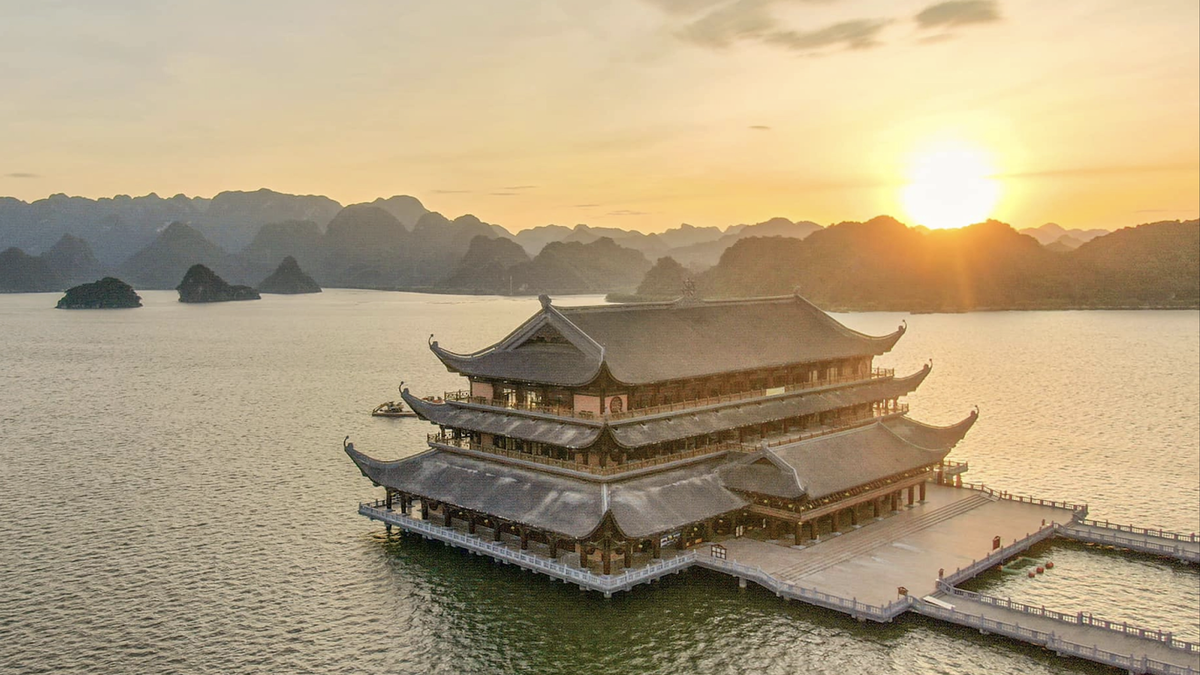

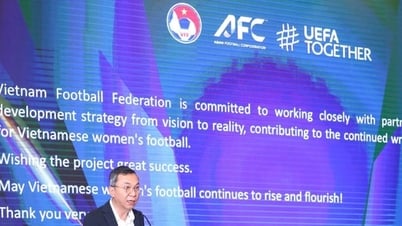

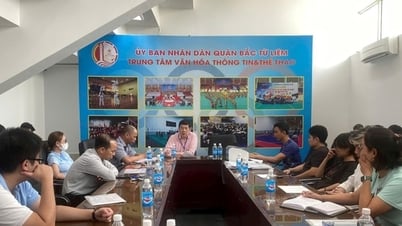
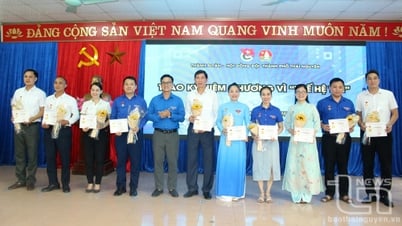
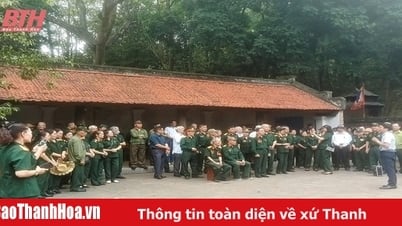

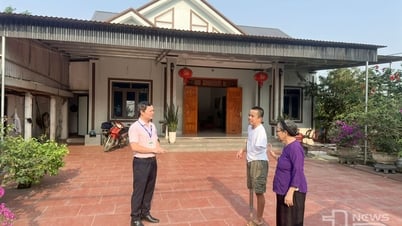
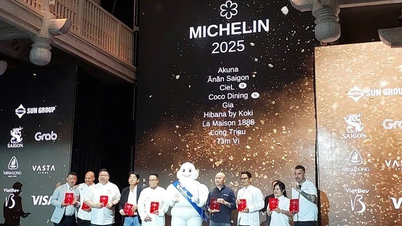





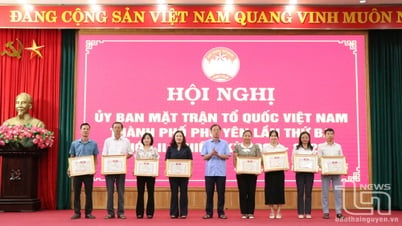
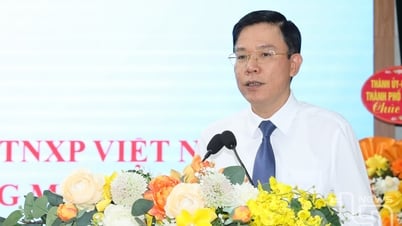
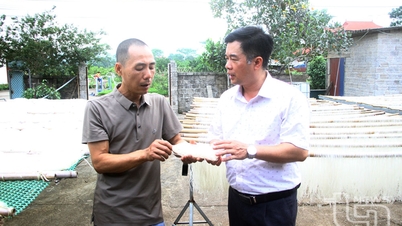
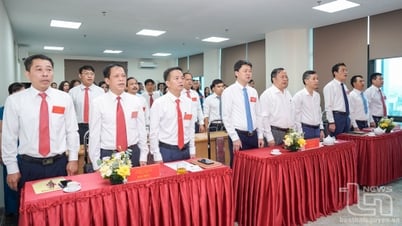
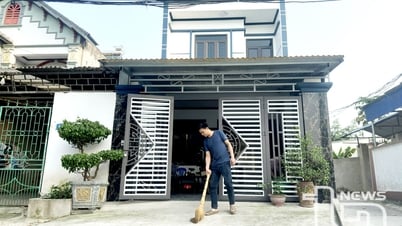



![[Photo] General Secretary To Lam receives Korean Ambassador to Vietnam](https://vphoto.vietnam.vn/thumb/1200x675/vietnam/resource/IMAGE/2025/6/6/a0765b7543784cbcbfe4755b67d43ab4)
![[Photo] President Luong Cuong works with Hung Yen and Thai Binh Provincial Party Committees on implementing Resolution of the 11th Central Conference, 13th tenure](https://vphoto.vietnam.vn/thumb/1200x675/vietnam/resource/IMAGE/2025/6/6/127b735d2761484d81dcee0d7725a25b)








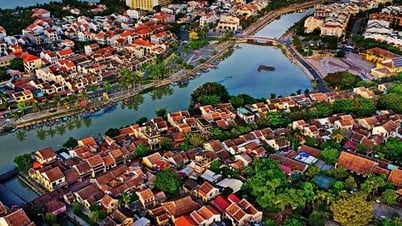





















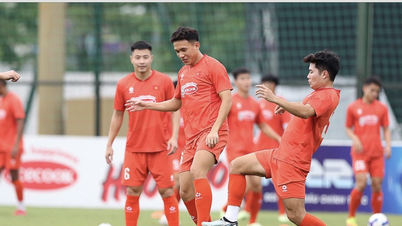
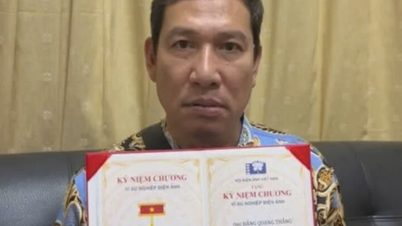

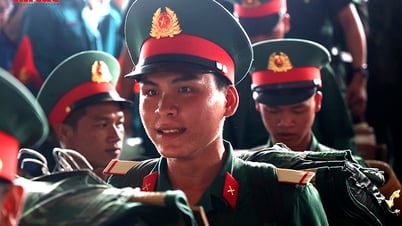
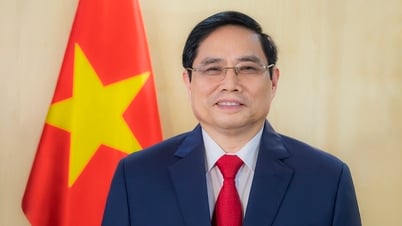

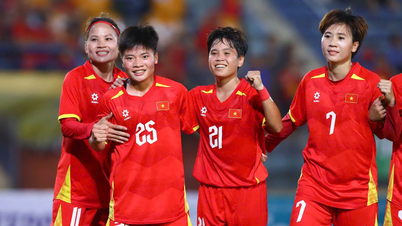
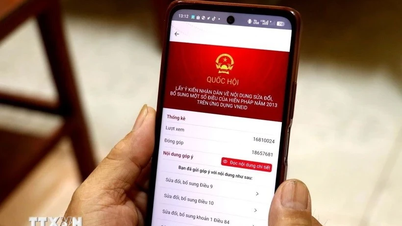
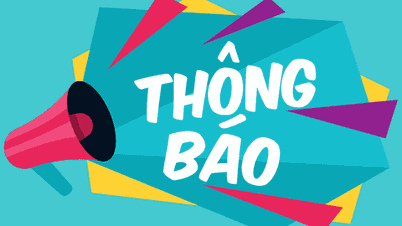

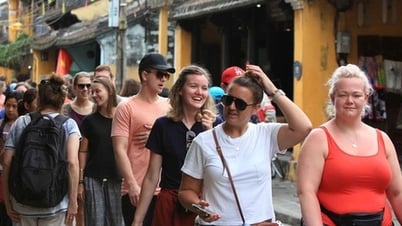


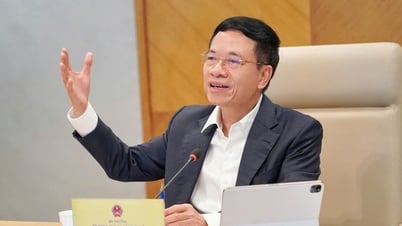

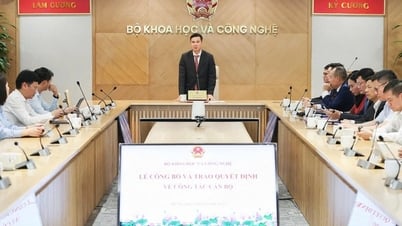
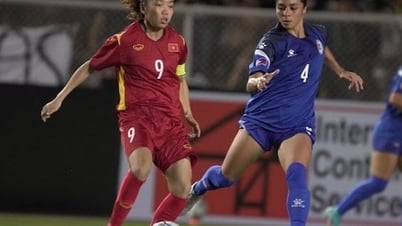


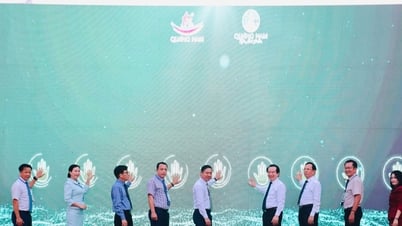

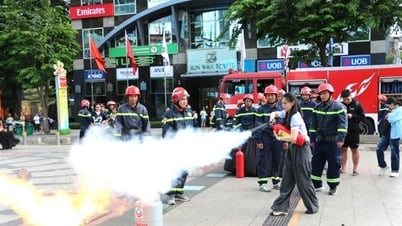


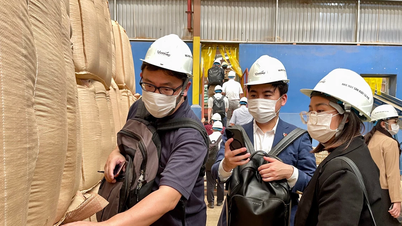



![[OCOP REVIEW] Tu Duyen Syrup - The essence of herbs from the mountains and forests of Nhu Thanh](https://vphoto.vietnam.vn/thumb/402x226/vietnam/resource/IMAGE/2025/6/5/58ca32fce4ec44039e444fbfae7e75ec)




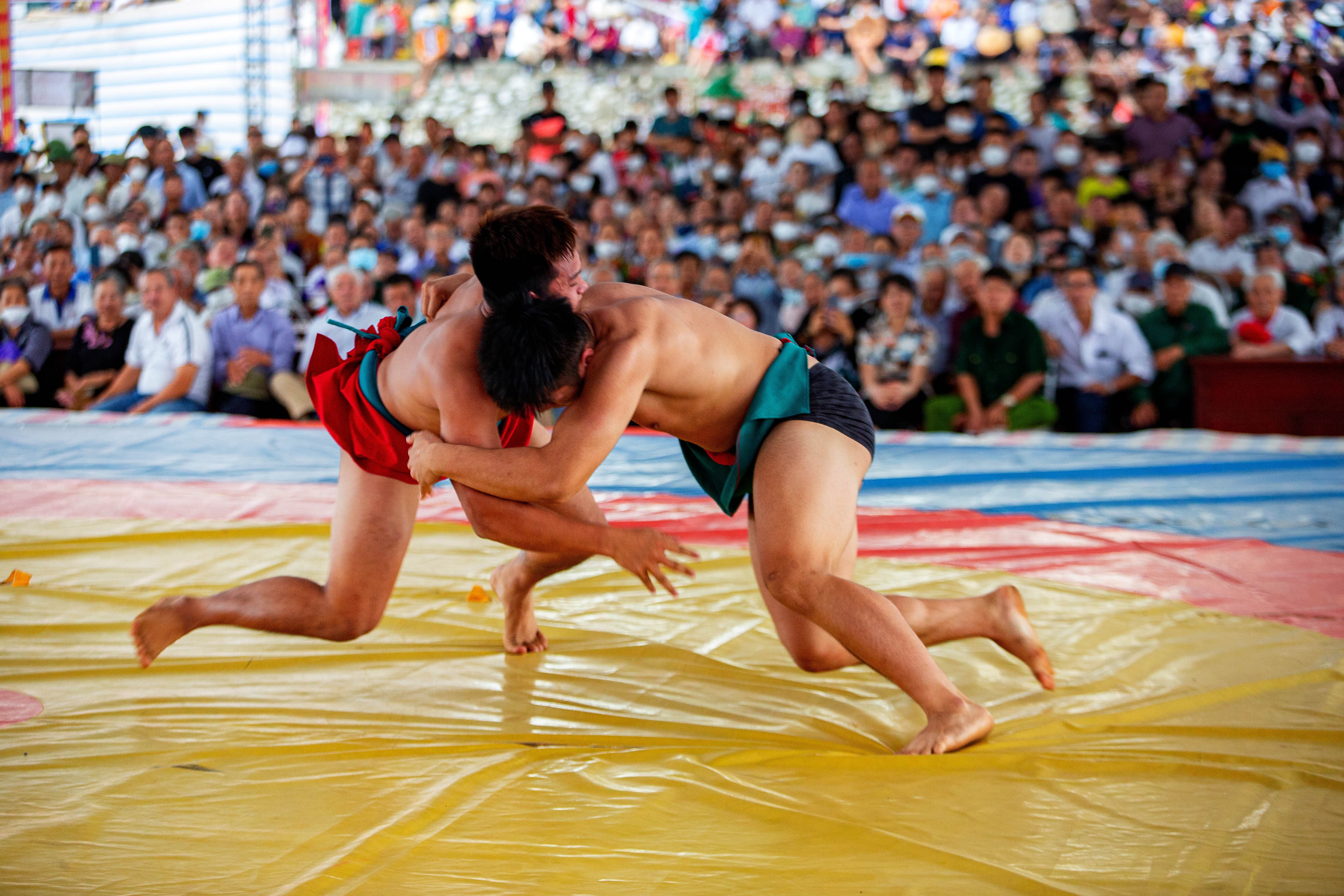


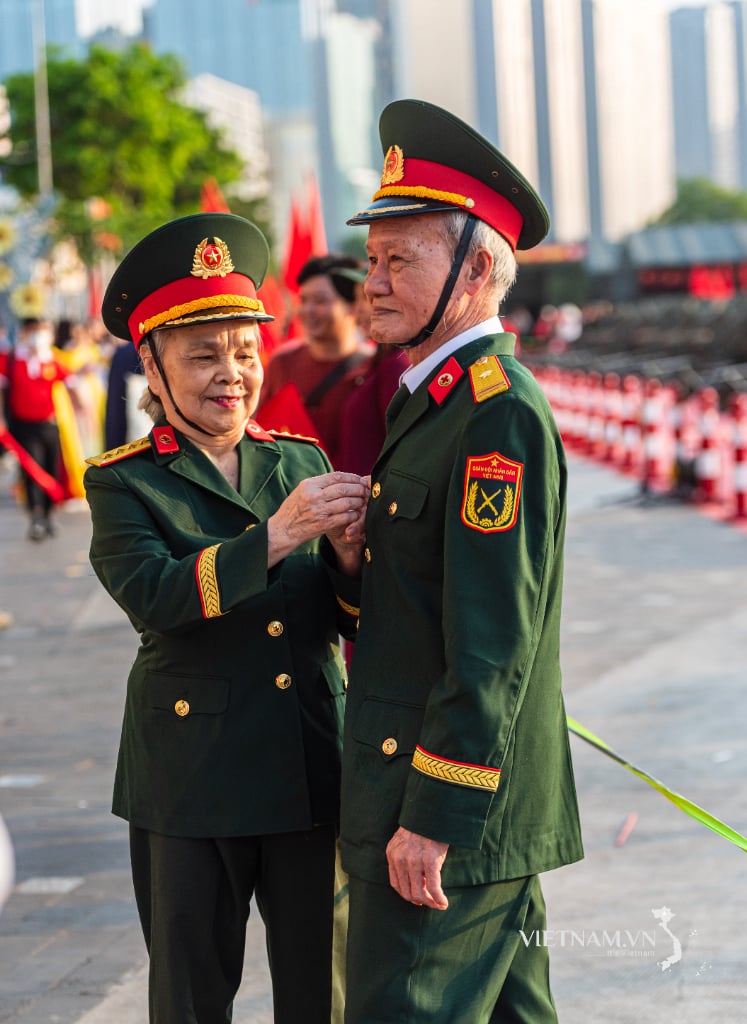
Comment (0)